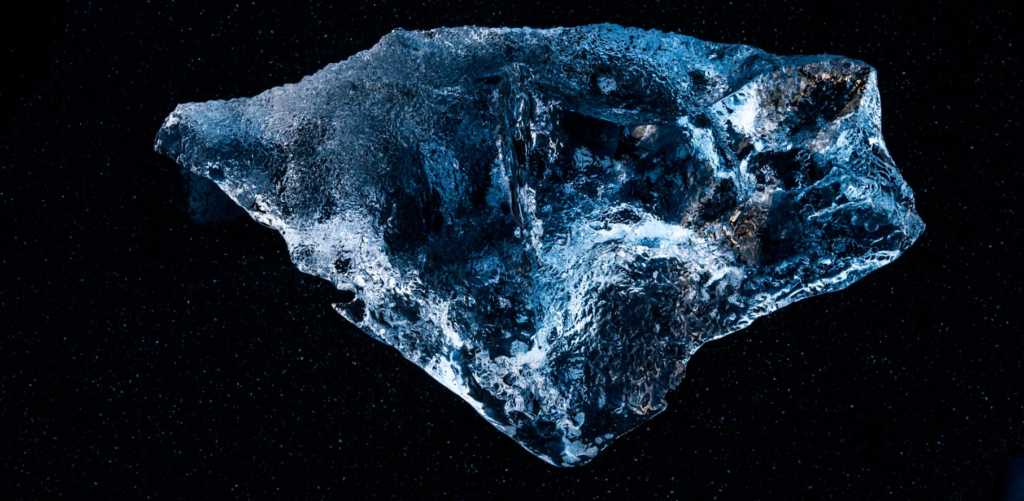How Diamonds are Formed?

Diamonds are composed of billions of carbon atoms and formed deep within the Earth’s mantle between one and three billion years ago under extreme heat and immense pressure.
Each diamond, much like a snowflake, possesses a unique pattern, making no two diamonds identical. As the hardest natural material, rating a 10 on the Mohs scale, diamonds are incredibly durable and resistant to scratching, with industrial applications in cutting, grinding, drilling, and electronics due to their thermal conductivity.
Famous diamonds like the Hope Diamond and the Cullinan Diamond hold exceptional cultural and historical value, showcasing the timeless allure and remarkable origins of these precious gems.
The Origins: Deep Within the Earth

Diamonds, often referred to as the most precious and sought-after gemstones, have captivated human imagination for centuries. Beyond their stunning beauty, the story of how diamonds are formed is a testament to the incredible forces and conditions within our planet.
Diamonds are formed deep within the Earth’s mantle, typically at depths of 140 to 190 kilometers (87 to 118 miles). This region is subjected to extremely high temperatures (around 900 to 1300 degrees Celsius) and immense pressure (about 45 to 60 kilobars). These conditions are essential for the crystallization of carbon atoms into the diamond structure.
Carbon Source
The primary ingredient for diamond formation is carbon. In the Earth’s mantle, carbon can originate from various sources, including the subduction of carbonates from the oceanic crust and carbon-rich minerals like graphite. Under the high-pressure, high-temperature conditions of the mantle, these carbon sources can transform into diamonds.
Crystallization Process

The transformation from carbon to diamond involves a process known as crystallization. Under the right conditions, carbon atoms bond together in a specific arrangement, forming a crystal lattice structure. This lattice gives diamonds their remarkable hardness and unique optical properties.
Transportation to the Surface
Once formed, diamonds need to be transported to the Earth’s surface to be accessible for mining. This transportation occurs through volcanic activity, specifically via kimberlite and lamproite pipes. These pipes are channels of volcanic rock that originate deep within the mantle and ascend rapidly, bringing diamonds along with them. The rapid ascent is crucial as it prevents the diamonds from transforming into graphite, which is their more stable form at lower pressures.
Erosion and Mining
Over time, the volcanic pipes that transport diamonds to the surface can erode, releasing diamonds into rivers and streams. This natural erosion process leads to the formation of alluvial diamond deposits. Alternatively, diamonds can be mined directly from the volcanic pipes, known as primary diamond deposits.
Synthetic Diamonds
In addition to natural formation, diamonds can also be created synthetically. High-pressure, high-temperature (HPHT) synthesis replicates the natural conditions of the mantle, while chemical vapor deposition (CVD) involves a different process where carbon-containing gas is used to grow diamonds on a substrate. These synthetic diamonds have a wide range of industrial applications, from cutting tools to semiconductor devices.
The journey of diamond formation is a remarkable tale of natural processes operating under extreme conditions deep within the Earth. From the crystallization of carbon atoms in the mantle to their eventual transportation to the surface, every diamond carries with it a story that spans millions of years. Whether discovered in a riverbed or mined from deep within the Earth, each diamond is a testament to the incredible power and beauty of our planet’s geological processes.
How Diamonds are Formed? | Source
